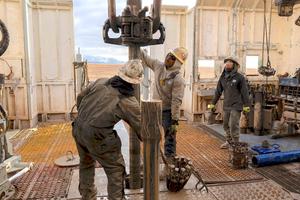Hikers near Angels Landing in Zion National Park, one of the areas that could institute higher entrance fees under a proposed policy by the Park Service. Vivek Tulsidas/Flickr
After years of record-breaking visitations, the U.S. National Park Service has submitted a proposal to double or nearly triple entrance fees to 17 of the country’s most popular parks, including Grand Canyon, Zion, Yellowstone, and Yosemite, to help pay for a backlog of maintenance and infrastructure upgrades.
If approved, the new policy would charge non-commercial vehicles $70 for a weekly pass, up from $25-$30 in most parks. Annual passes for federal lands would remain the same, costing $80 per vehicle. Park Service officials said the plan would only apply during the parks’ five busiest months, typically May through September, and raise an estimated $70 million a year for improvement projects.
National parks have been experiencing record numbers of visitors in recent years, exacerbating wear and tear on infrastructure such as roads, trails, and campgrounds, degrading fragile ecosystems, and jeopardizing the natural experience the parks were created to provide. Yellowstone, for example, has gone from 2 million visitors in 1980 to more than 4 million last year. Grand Canyon had 6 million visitors in 2016, up from 2.3 million in 1980.
Outdoor industry representatives and conservation groups agreed that parks do need more funding, but some told new outlets the money should come from Congress, not visitors. Raising entrance rates, they said, could impact local tourism-based economies, as well as make it harder for low-income families or those making only day trips to visit.
“If there isn’t always a question or consideration of equitable access to a lot of communities, it’s only going to increase the disparity in terms of who is able to access our national parks and public lands,” Joe Gonzalez, founder of Latino Outdoors, told the Associated Press.
According to the AP, not all national parks charge entrance fees. The 118 that do keep 80 percent of the revenue for maintenance purposes and contribute the other 20 percent to a communal fund for upkeep of free parks.
A public comment period about the entrance fee hike began this week and will run through November 23.
For more on how a surge in visitors is overwhelming America’s national parks, click here.



